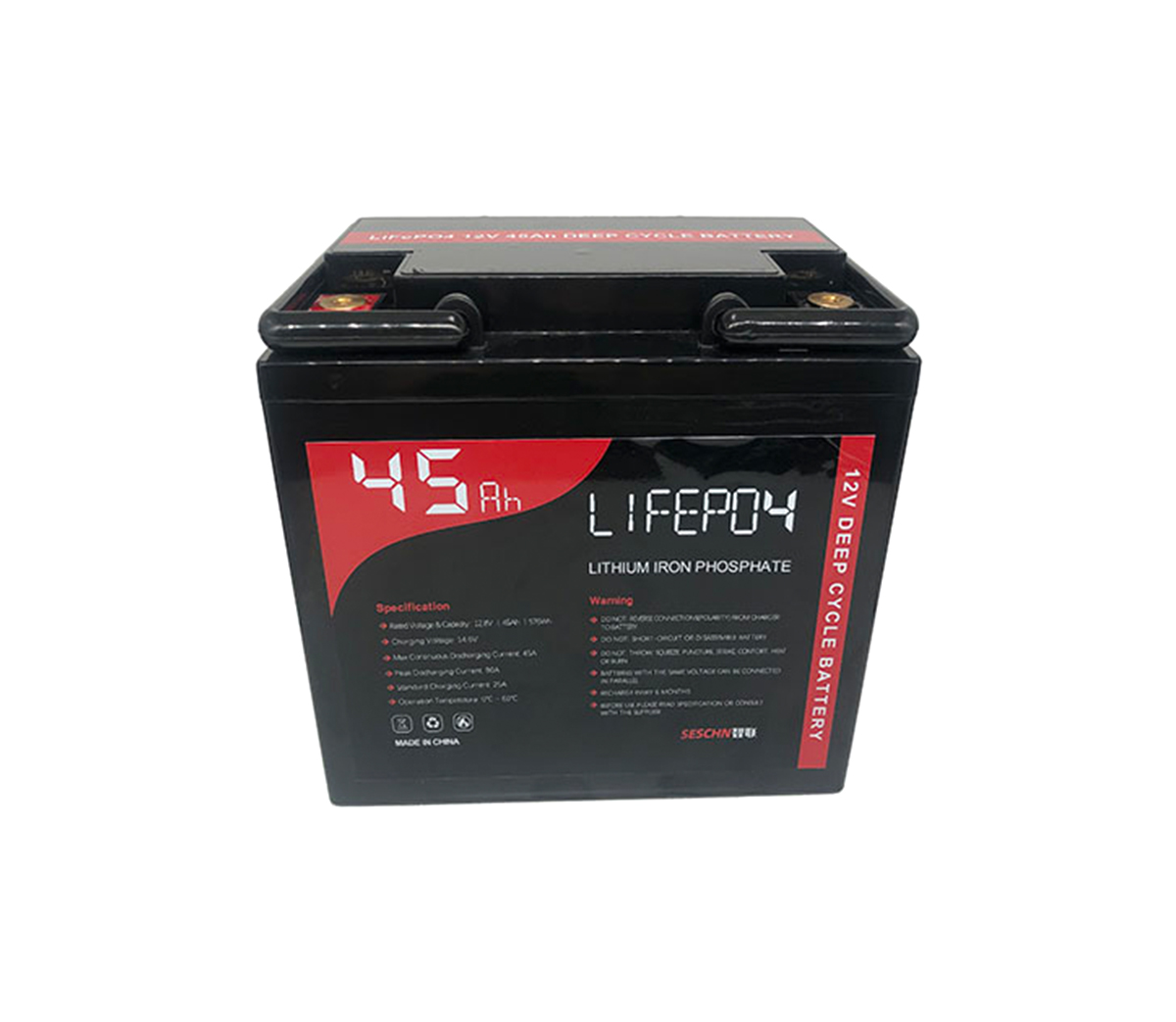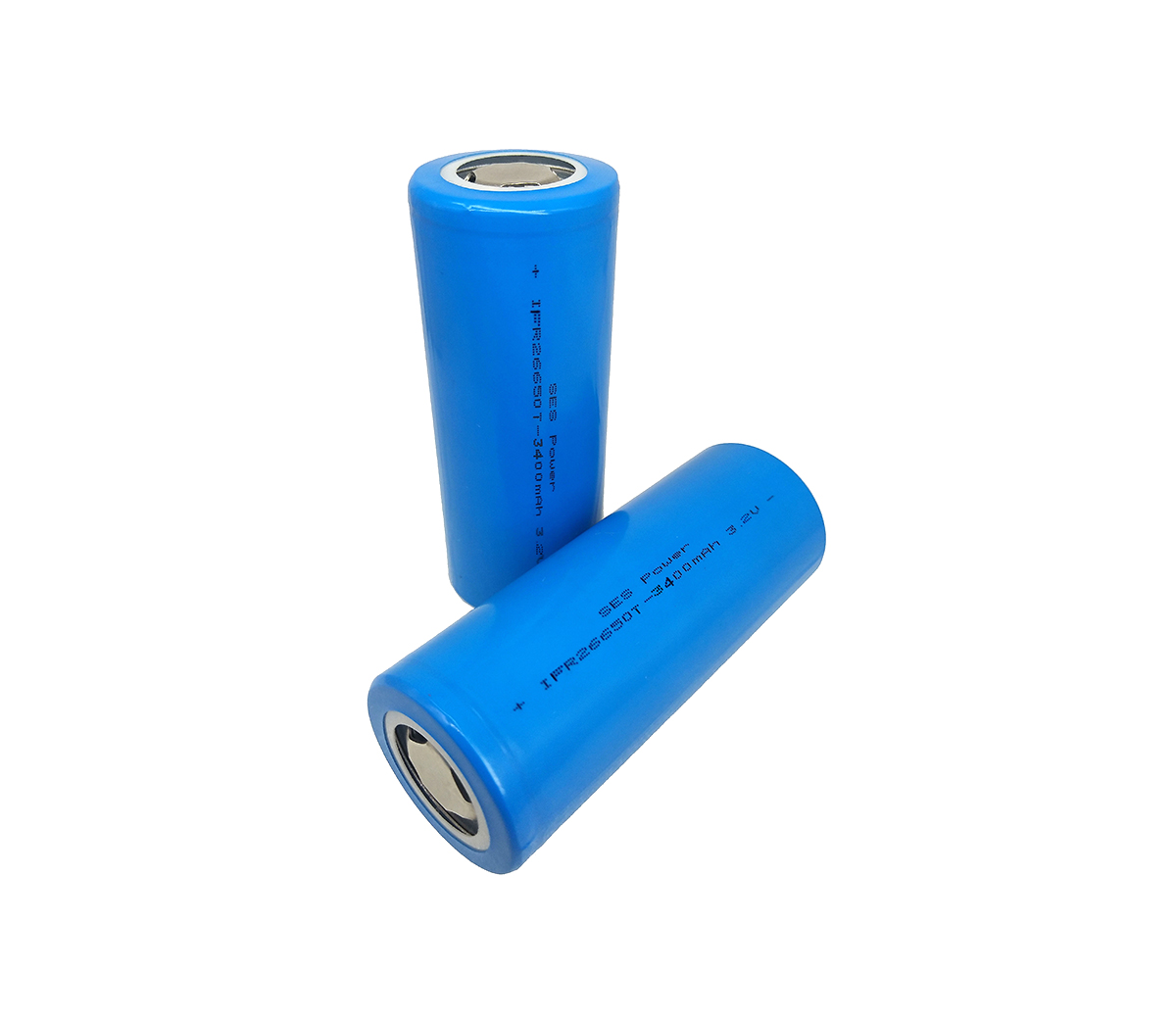
The development level of renewable energy determines the success or failure
of the construction of the Energy Internet. As countries pay more attention to
the R&D and application of energy storage technology, significant progress
has been made in related core supporting technologies.
Polaris Smart Grid Online News: The development level of renewable energy
determines the success or failure of the construction of the Energy Internet. As
countries pay more attention to the R&D and application of energy storage
technology, significant progress has been made in related core supporting
technologies. Compressed air energy storage technology, flow batteries,
lithium-sulfur batteries and other technologies have moved toward
industrialization or close to industrialization; hydrogen fuel cells, as the
mainstream direction of fuel cells, have gradually expanded their application
scale; heat storage technology has developed rapidly, and the market needs to
pay more attention to it. Driven by the rapid development of the renewable
energy industry, the electric vehicle industry, and the energy Internet
industry, the energy storage industry is expected to show explosive growth; as
the cost of renewable energy power storage continues to decrease, the scale of
energy storage system application and technology costs will enter A new stage of
virtuous cycle development; electric vehicle battery technology is expected to
usher in a major breakthrough, and the market prospect is broad.
In recent
years, the problem of climate change has become increasingly prominent, and it
has risen from a simple environmental protection problem to a problem of human
survival and development. The main cause of climate and environmental
degradation is the carbon emissions of fossil energy consumption. It has become
an important global consensus to promote the transformation of the energy
consumption structure to a low-carbon and clean direction. Large-scale
development of renewable energy is the key to the energy transition. To this
end, 173 countries have formulated renewable energy development goals, and 146
countries have introduced supporting policies. In the past two years, despite
being adversely affected by the global decline in fossil fuel prices, investment
in the renewable energy industry has not been disrupted by this, and reached a
new high in 2015.
In order to reduce dependence on fossil energy and promote global energy
security, President Xi Jinping put forward an initiative at the United Nations
Development Summit on September 26, 2015: to build a global energy Internet and
promote a clean and green way to meet global energy demand. Energy Internet is
mainly through the interconnection of large-scale power grids, which frees
energy development from resource, time and space and environmental constraints,
and promotes renewable energy such as solar, wind, and hydropower to gradually
become dominant energy sources. Energy Internet has gained recognition and
positive responses from more and more countries.
The key to the energy transition and the global energy Internet lies in the
large-scale development of renewable energy, and the global renewable energy
resources are very abundant, especially solar and wind energy. Authoritative
data show that if one can obtain one-sixth of the energy radiated by the sun or
one-fifth of the energy of wind energy, it can meet the energy needed by the
current global economy.
1 The status and role of energy storage technology in the energy transition
and energy Internet
Despite the huge development potential of renewable energy, its instability
has restricted large-scale development, and this has led to a wave of
abandonment of wind and light. Energy storage is a necessary condition for
effectively adjusting the grid voltage, frequency and phase changes caused by
renewable energy power generation, and promoting large-scale power generation of
renewable energy sources and integrating them into the conventional power
grid.
The essence of the Global Energy Internet is "smart grid + UHV grid + clean
energy". Smart grid is the foundation, UHV grid is the key, clean energy is the
foundation, and large-scale energy storage system is a key part of the
construction of smart grid. To some extent, the degree of application of energy
storage technology not only determines the level of renewable energy
development, but also determines the success or failure of the energy Internet.
Western countries have begun to attach importance to the R&D and
industrialization of energy storage technology 10 years ago. The U.S. government
uses its Advanced Research Projects Agency (DARPA) as a model to establish the
Advanced Research Projects Agency-Energy (ARPA-E) to gather the nation’s best
scientists, engineers, and entrepreneurs on renewable energy technologies.
Research, and energy storage technology is its top priority. Germany's energy
transition has attracted the attention of the world. The proportion of renewable
energy in Germany's electricity sources has increased from 6% in 2000 to 30% in
2015, and this proportion will even reach 70% to 90% in some periods. The
country’s energy transition attaches great importance to energy storage
technology. In addition to funding related technology research and development,
the government establishes a 50 million euro subsidy every year to help
residents purchase energy storage systems. 1/3 of the German photovoltaic power
generation comes from residents.
my country's energy storage industry has just started, and the relevant
state departments have recently announced a series of documents supporting the
energy storage industry. The National Development and Reform Commission and the
Energy Administration issued the "Energy Technology Revolution and Innovation
Action Plan (2016-2030)" in March 2016, which clearly pointed out in the
"Advanced Energy Storage Technology Innovation" one of the 15 key tasks of the
document: Renewable energy grid-connected, distributed and micro-grid, electric
vehicle energy storage technology, master the key core technologies of each link
of energy storage technology, complete demonstration and verification, and the
overall technology has reached the international leading level, leading the
development of energy storage technology and industry.
International oil companies have begun to deploy in the field of energy
storage. For example, Total has acquired battery manufacturer SAFT at a high
price, ExxonMobil and FuelCellEnergy are cooperating to develop fuel cell
technology, and Statoil will invest in offshore wind farms and related energy
storage technologies. .
2 Overview and progress of energy storage technology application
Energy storage technology includes three major categories: physical energy
storage, electrochemical energy storage, and battery energy storage, as well as
five major application fields: power generation and auxiliary services,
renewable energy grid connection, user side, power transmission and
distribution, and electric vehicles. As of the end of 2015, there were 327
energy storage projects (excluding pumped storage, compressed air and heat
storage) in operation worldwide, the installed capacity increased from 50MW in
2005 to 950MW in 2015, and 180 projects were planned and under construction.
From the perspective of the distribution of various technologies,
lithium-ion batteries have been applied in various fields. Sodium-sulfur
batteries have the largest application ratio in power transmission and
distribution and renewable energy grid-connected. Flywheel energy storage is
used in auxiliary services (frequency modulation). Certain application
advantages, flow batteries are mainly used in the field of renewable energy
(renewable energy grid-connected, distributed micro-grid), and lead-acid
batteries have a relatively large application in distributed micro-grids. The
current application of energy storage technology is as follows.
2.1 Compressed air energy storage technology is moving towards
industrialization
As the current energy storage technology with the largest capacity and the
most mature technology in addition to pumped water storage, compressed air
energy storage technology has attracted the attention of the industry.
Internationally, a breakthrough has been made in near-isothermal compressed air
energy storage technology, and small air compression vehicles are in a
small-scale trial stage. . The Institute of Engineering Thermophysics of the
Academy has successfully developed the first domestic 1.5MW supercritical
compressed air energy storage system with independent intellectual property
rights, which is more than 10% more efficient than traditional compressed air
energy storage systems. It is a grid-level energy storage application in my
country. Opened up room for development.
2.2 Significant progress has been made in flow battery technology
All vanadium redox flow batteries have made significant progress in key
materials, stacks, battery system design and integration, and the industrial
chain has been gradually improved. The overall industry has entered the initial
stage of marketization, and it has been gradually developed in Japan, Canada,
the United States, Australia and other countries. Start to replace lead-acid
batteries. In addition, the flow battery technology has been expanded from all
vanadium and zinc bromide systems to organic systems and water-soluble systems
with lower cost and higher energy density. The research has demonstrated for the
first time a new type of lithium iodide-sulfur (carbon) semi-solid-liquid
two-phase composite. The feasibility of flow batteries can greatly improve
battery capacity, safety and service life. Harvard University Brian Huskinson
has developed a metal-free flow battery based on an organic
molecule-benzoquinone, and has completed 100 charge and discharge cycles of the
p-quinone-based battery. The cost can be reduced to 27 US
dollars/(kW˙h), almost It is 1/3 of vanadium batteries, showing good
economic and commercial prospects. The flow battery concept car has come out,
with a maximum speed of over 300km/h and a cruising range of over 800km.
2.3 Lithium-ion batteries are still a hot research topic in the current
energy storage field
Electric vehicles have become an important factor driving the research and
development of lithium-ion battery technology. Currently, for lithium batteries,
positive electrode materials lithium iron phosphate and nickel cobalt manganese
ternary materials are the research focus, negative electrode materials
nano-silicon and graphene are research hotspots, and there are more and more
types of positive and negative materials, and the application range is wider and
wider. As the current mainstream battery for electric vehicles, lithium-ion
batteries have yet to improve their energy density. At present, the maximum
energy density of electric vehicle batteries is about 170W˙h/kg, and the
cruising range can reach up to 400km. Household lithium battery energy storage
systems have been commercialized.
2.4 Lithium-sulfur battery is currently the closest industrialized
high-energy density battery
The theoretical energy density of lithium-sulfur batteries exceeds
2700W˙h/kg, and the actual energy density can reach
400~600W˙h/kg. At present, the energy density of lithium-sulfur
batteries that have reached the commercial level abroad has reached
300W˙h/kg. my country has developed a lithium-sulfur secondary battery
with an energy density higher than 600W˙h/kg, which is at the
international advanced level. High-energy density batteries such as lithium-air
batteries, aluminum-air batteries, and magnesium batteries have become the focus
of current research.
The application scale of 2.5 hydrogen fuel cells is gradually expanding
Hydrogen fuel cell is still the mainstream direction of fuel cell
development. The related technology has basically reached the requirements of
industrialization, and it has been applied to trains, passenger cars, bicycles,
forklifts, small helicopters and other vehicles on a small scale. The passenger
car has a cruising range of 500-700km, and the energy consumption of 100km is
only equivalent to 3.3L of gasoline. At present, the cost of using fossil fuels
to upgrade hydrogen production in some countries is roughly the same as that of
gasoline. Renewable energy hydrogen production, biological hydrogen production
and normal temperature and pressure land hydrogen transmission have become the
research focus.
2.6 The heat storage market is receiving increasing attention
At present, heat storage technology is developing rapidly. Some thermal
energy storage technologies are already very mature, especially sensible heat
storage, but the market size is still small, mainly due to the high cost of
thermal energy storage and the lack of sufficient attention to thermal energy
storage by the society. It is estimated that the heat storage system can save
30% to 40% of the global energy. The industry is studying the use of heat
storage batteries to absorb heat in the car or capture solar heat, convert heat
energy into electricity, provide heating and cooling for the compartment, and
reduce the cost of electric car batteries. It is expected to increase car
battery life by more than 40%.
3 Energy storage industry and technology outlook
3.1 The installed capacity of solar and wind power generation is growing
rapidly, and the cost of power generation continues to fall
According to statistics of the installed capacity of solar and wind energy
in the past 20 years, the installed capacity of solar energy has doubled every
two years, and the installed capacity of wind energy has doubled every 4 years.
The global installed capacity of solar energy has increased from 5.1GW in 2005
to 227GW in 2015. Wind energy installed capacity From 59GW in 2005 to 433GW in
2015. It is estimated that the installed solar power capacity will reach 1500GW
and 2400GW in 2025 and 2030 respectively, and the installed wind power capacity
will reach 1200GW and 2000GW respectively in the same period. Energy storage
technology, as a key technology to support the grid connection of renewable
energy, has a huge market potential.
The price of crystalline silicon photovoltaic cells has continued to
decrease, and the price has dropped sharply from US$76 in 1977 to US$0.3 in
2015. The cost of solar and wind power generation has dropped by 50% to 60% in
the past five years. At present, solar photovoltaic power generation and onshore
wind power have become competitive in some countries. According to current
development trends, wind power and photovoltaic power generation are expected to
become the cheapest power generation methods in many countries by 2025.
3.2 Household energy storage will show a rapid growth trend
In the past five years, household energy storage has developed rapidly in
Germany, the United States, Australia, Japan and other countries. According to
the latest data released by HIS and REN, the global installed capacity of
household photovoltaic power generation battery energy storage is expected to
reach 1,000MW in 2020. After 2020, Energy storage systems will become an
indispensable part of power production and operation, while the growth rate of
energy storage in industry, commerce, and especially residential households will
be significantly higher than that of grid energy storage. The application of
energy storage technology is expected to enter a period of large-scale
development in 2025.
3.3 Battery technology is expected to make major breakthroughs in the next
10 years. At present, the energy density of electric vehicle batteries ranges
from 80 to 180W˙h/kg. From the current battery R&D progress,
industrial investment, and related support policies, battery technology is
expected in the next 10 years. A major breakthrough has been made, and the
energy density is expected to reach 300-350W˙h/kg, which will enable the
electric vehicle's cruising range to reach 600-800km.



































